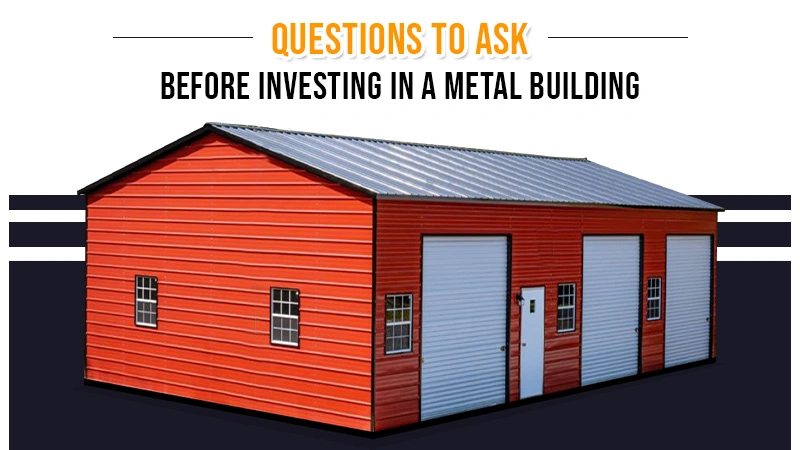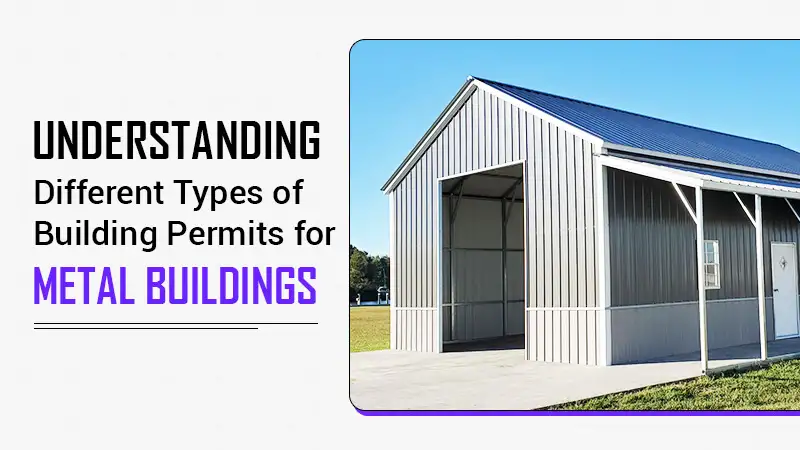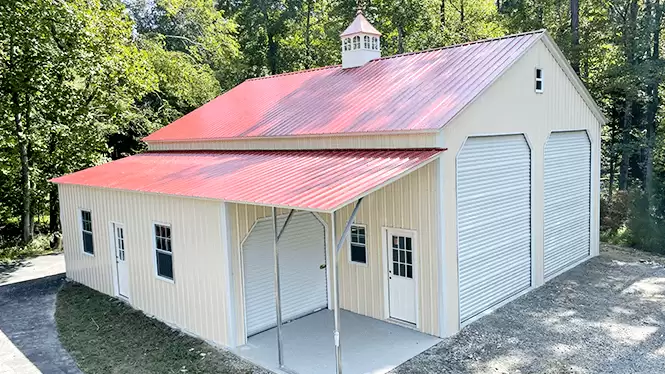Natural disasters are as incredible as they are frightening. There’s a reason Hollywood has produced so many movies centered on the topic of natural disasters, including earthquakes. There is something that captures the human imagination, that piques interest, and that taps into the primal fight or fight instinct that we all have.
California is well-known for experiencing earthquakes of higher magnitude with devastating results. However, many other states in America also experience earthquakes each year. Alaska, for example, sees more earthquakes than any other state, while places like Nevada and Oklahoma have a surprising number of earthquakes each year.
To better understand these natural disasters, how they are measured, and how investing in the right building can potentially save you from devastating damages, read on!
How Earthquakes are Measured?
Not all earthquakes are created equal. In fact, some earthquakes can be quite mild, while others can cause untold amounts of damage and loss of life. The difference between the two is the strength of the earthquake, which is measured and referred to in a variety of ways.
Seismographs
The most basic definition of a seismograph is that it is an instrument used to measure the strength of an earthquake. To be more specific, seismographs actually measure two aspects of an earthquake to determine its strength—force and duration.
This is accomplished by accounting for and evaluating the speed of the waves caused by earthquakes. This simple observation can be used to determine just how powerful and long-lasting a particular earthquake is.
Developed by John Milne, seismographs quickly became a staple in the evaluation of earthquakes. A network of seismographs was even installed across Southern California in the 1920s!
Richter Scale
This development in earthquake measurement attempted to use seismographs to quantify the relative size of earthquakes. Each step on the scale was related to the previous measurement and represented an earthquake with ten times the force.
Unfortunately, this method of measurement had several issues that proved it to be inaccurate. For example, it was not adept at measuring smaller and larger earthquakes, only those that fell in the middle of the scale. It was painfully inaccurate when an earthquake surpassed a 7.0 on the scale.
Moment Magnitude Scale
The Moment Magnitude Scale, also referred to as MMS, improved upon Richter’s scale by accounting for larger earthquakes. This was accomplished by making a simple tweak to the previous scale. Rather than an earthquake of 7.0 representing 10x the force of a 6.0 earthquake, it represented 32x the force. It also represented 1,000x the force of a 5.0 earthquake.
By improving on Richter’s scale, MMS brought a newfound accuracy to earthquake measurement, including large quakes.
Mercalli Intensity Scale
While measuring the energy of an earthquake gives an objective perspective of how strong an earthquake is, it does not account for the impact of an earthquake on the earth’s surface of the people living in the area.
As a result, the Mercalli Intensity Scale was created. This scale looks more closely at the damage caused by an earthquake. This 10-point scale, which has since been modified to 12 levels, gives a clearer picture of just how much damage an earthquake causes to human structures and the lives of those living in the affected area.
Metal Buildings Designed for Earthquakes
Those buildings in areas that are at risk for earthquakes will have to meet certain building codes to ensure they will remain strong and safe in the face of potentially deadly earthquakes. Steel buildings make it easy to meet these codes. In fact, through several tests and real-world events, most of the metal buildings have proven to be durable when enduring an earthquake, even one of severe magnitude.
In other words, steel structures, when compared to traditional buildings, makes an excellent choice for those living in areas that may experience earthquakes!
Boss Buildings – Your Source of Earthquake-Worthy Metal Buildings
For the strongest steel buildings in the industry, turn to none other than Boss Buildings. As the top metal building dealer in the United States, Boss Buildings will work with you to ensure you receive the best quality custom building possible. No matter what your needs may be, Boss Buildings will facilitate the customization and buying process. Call today on (336) 673-3065.







